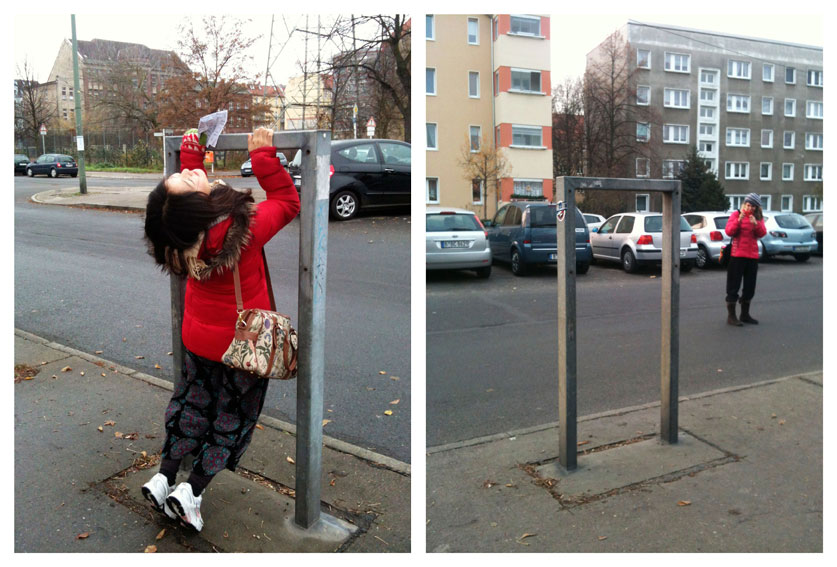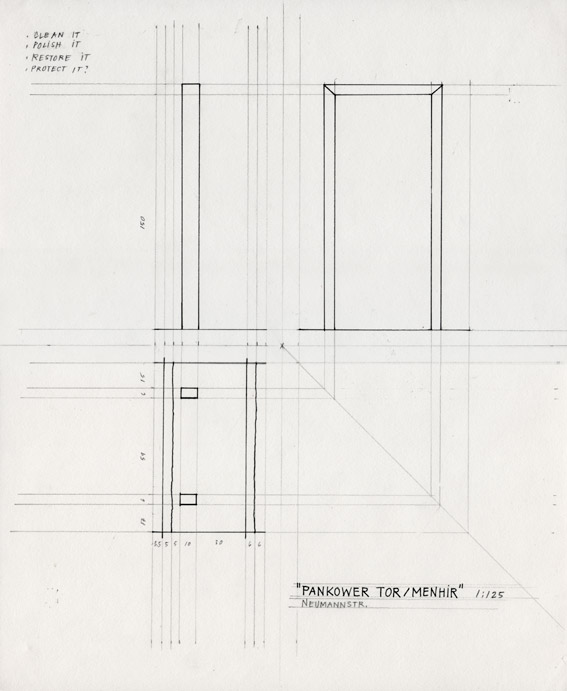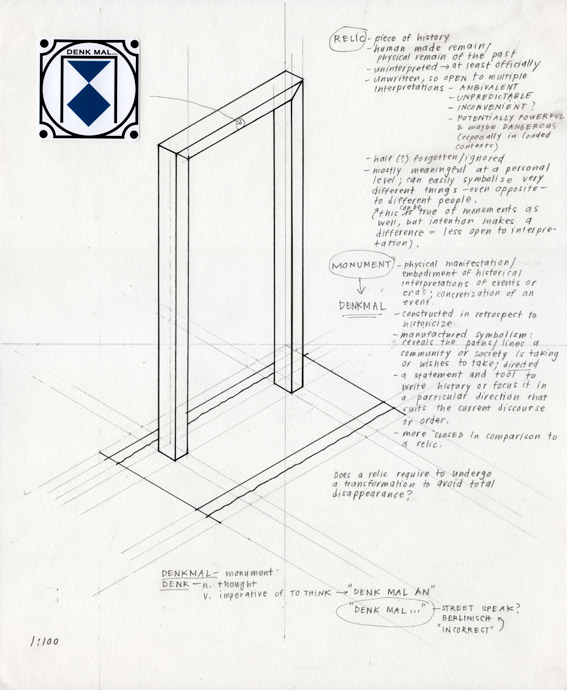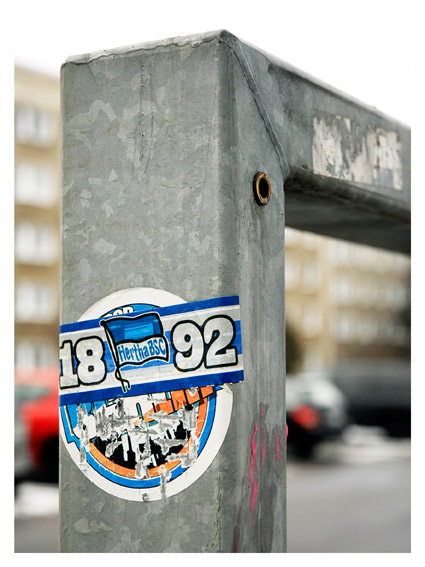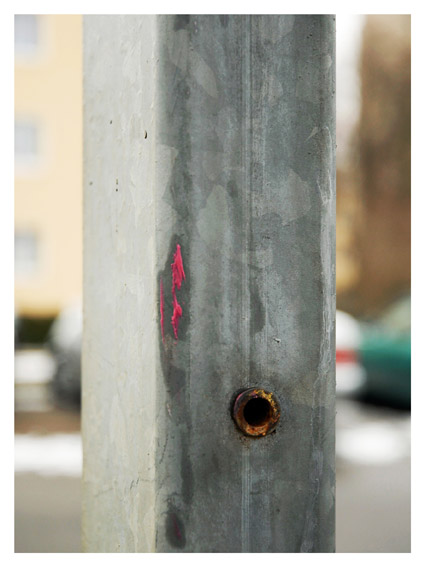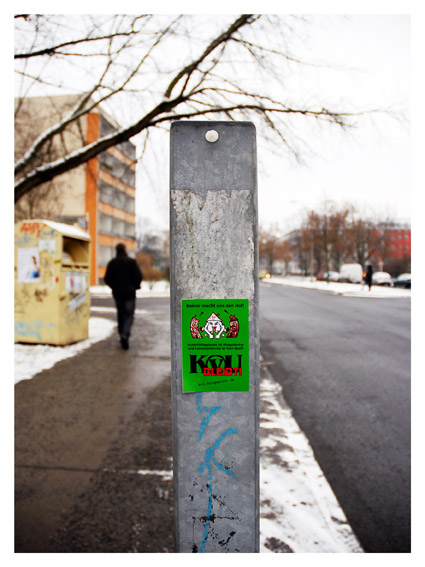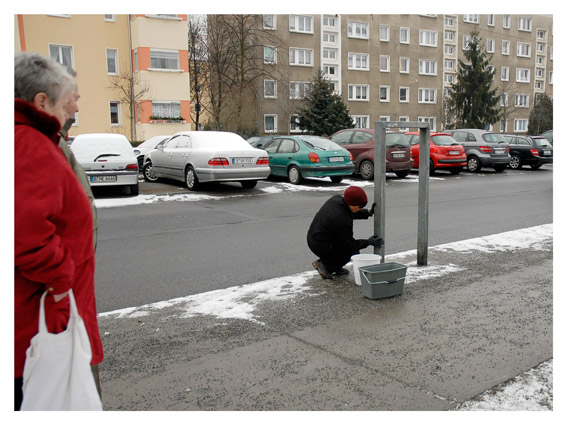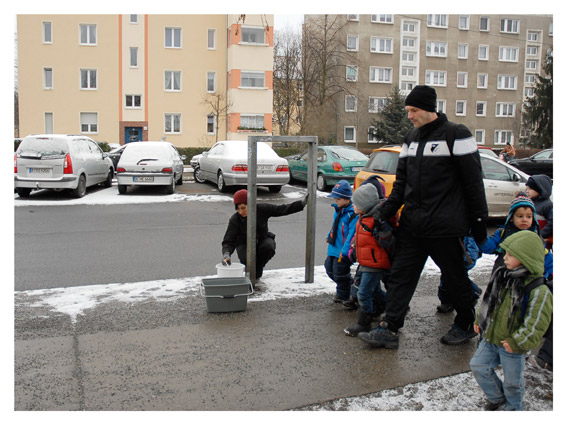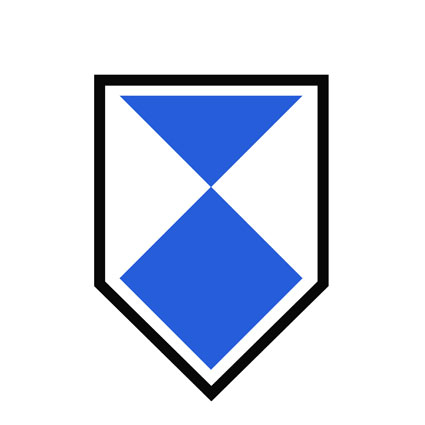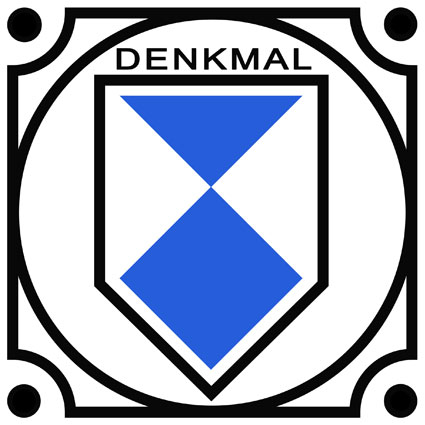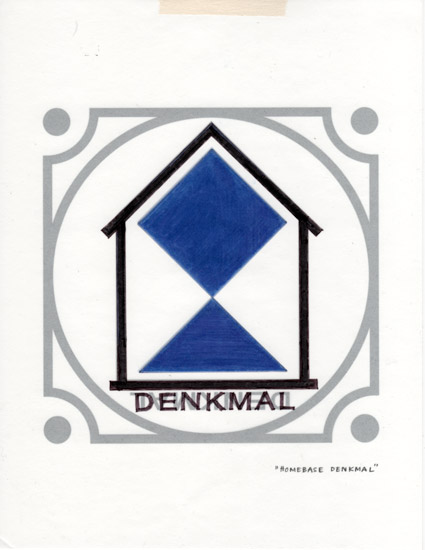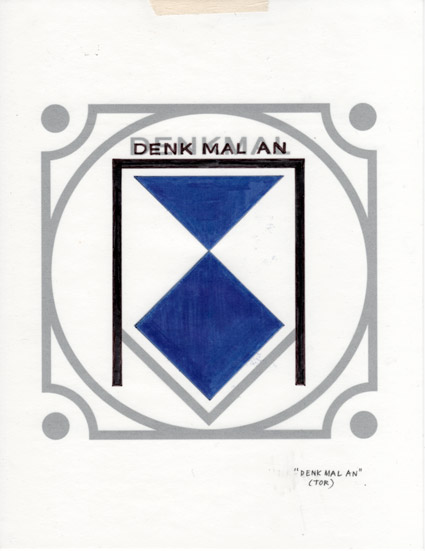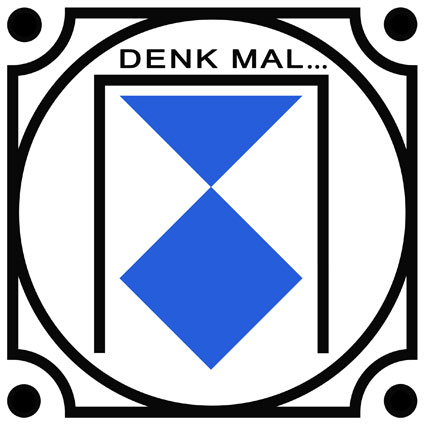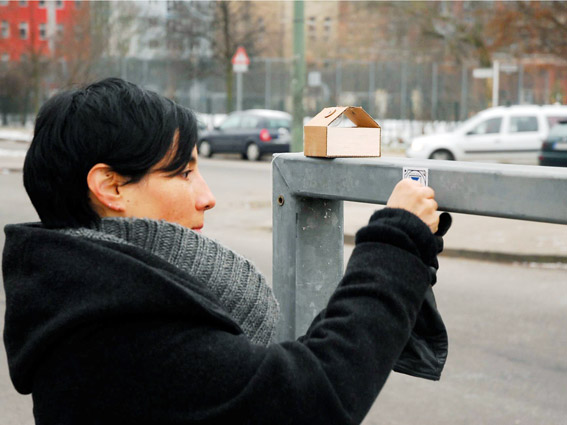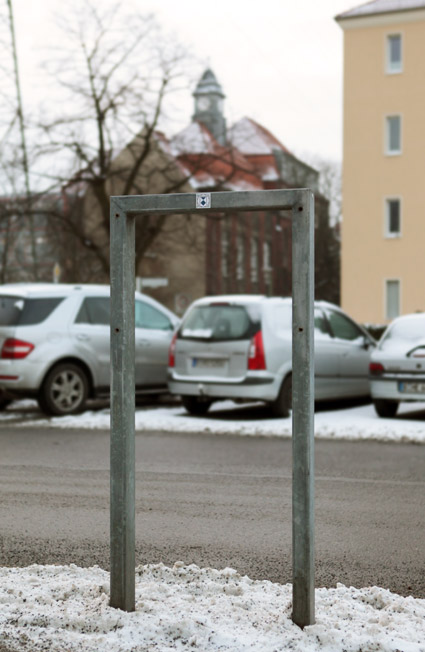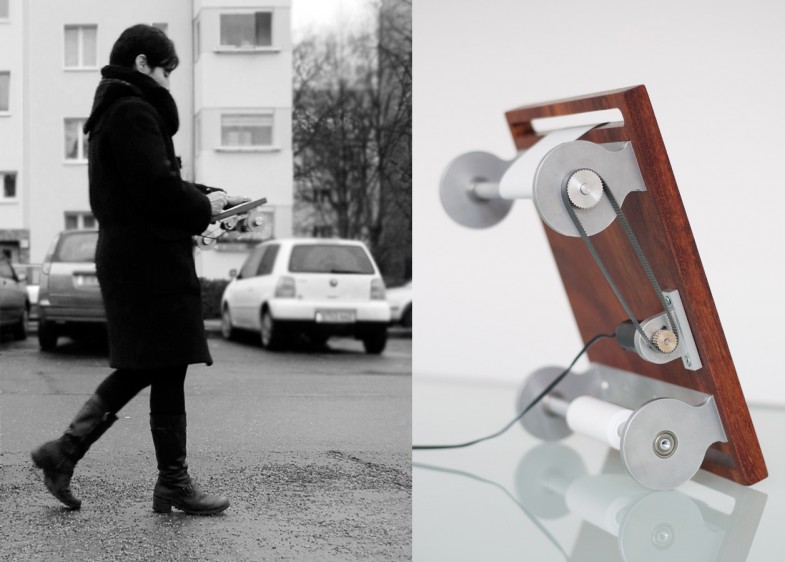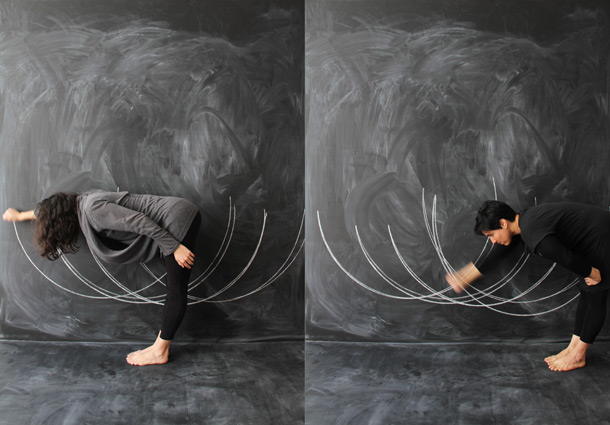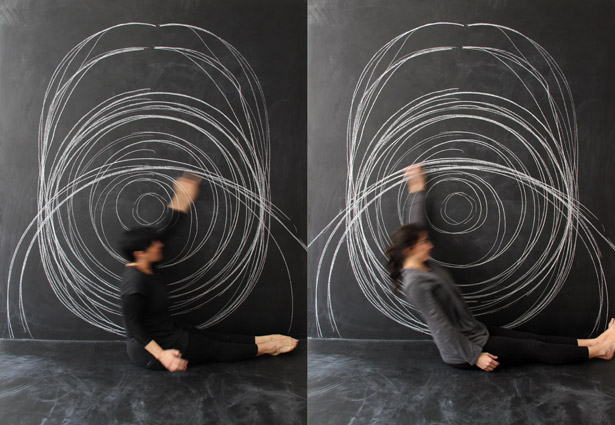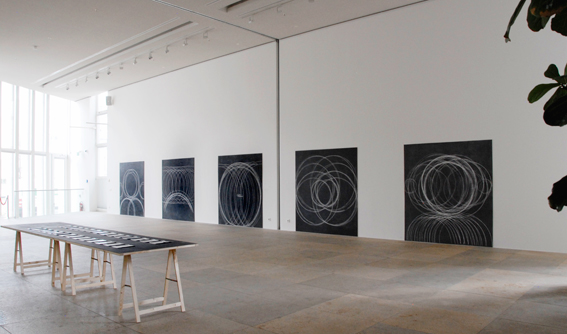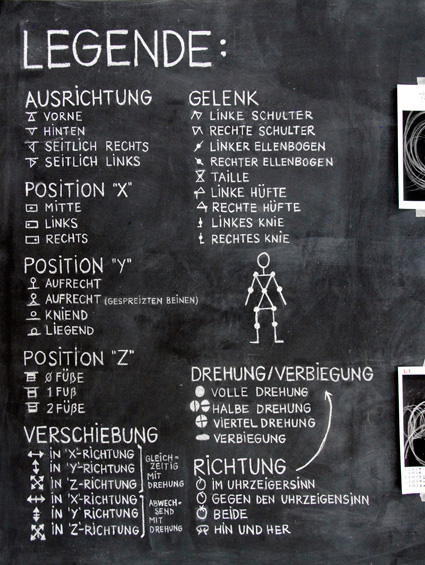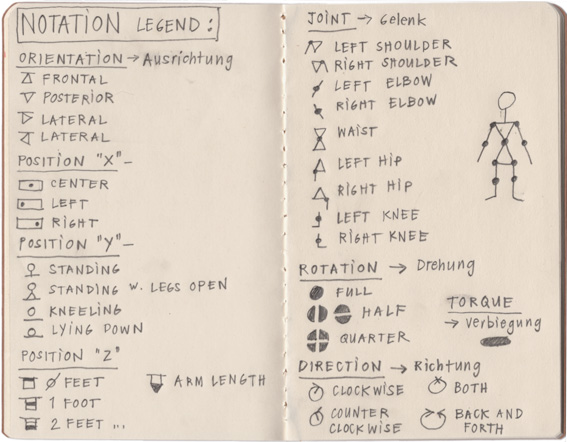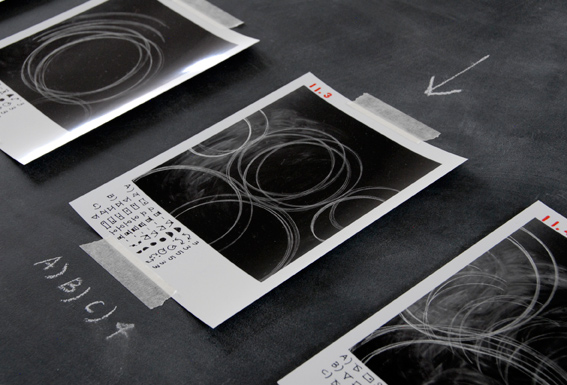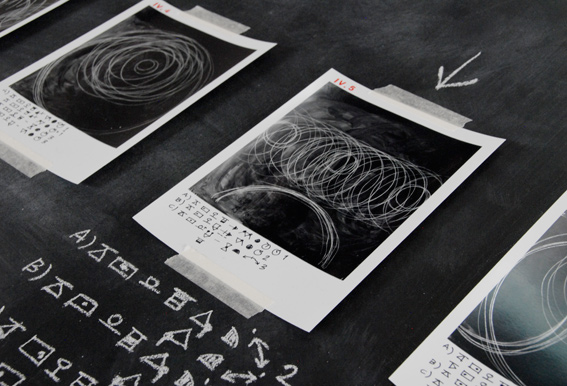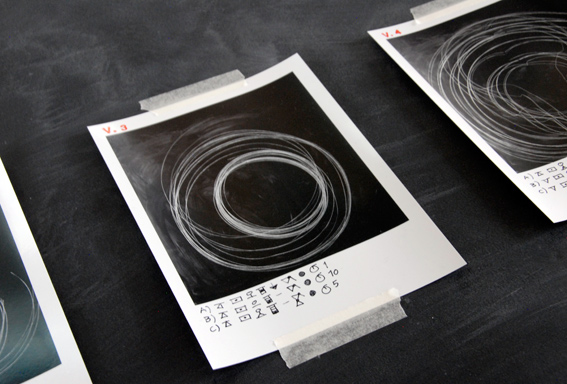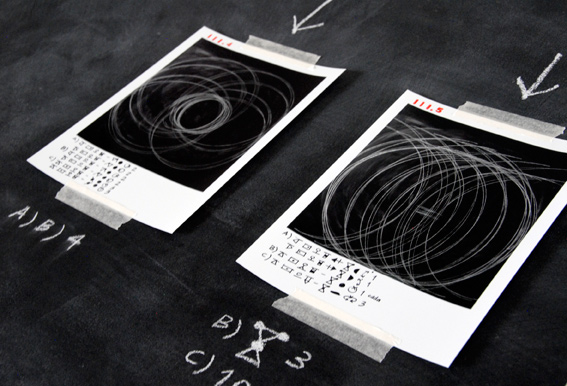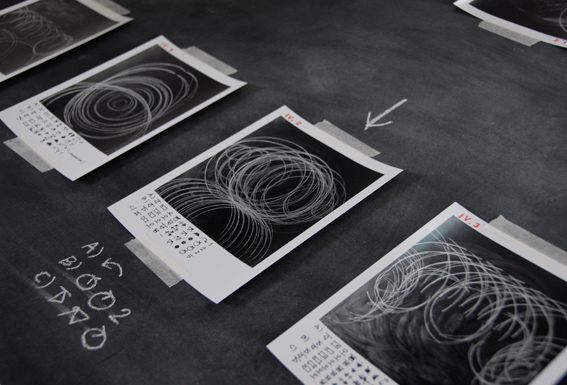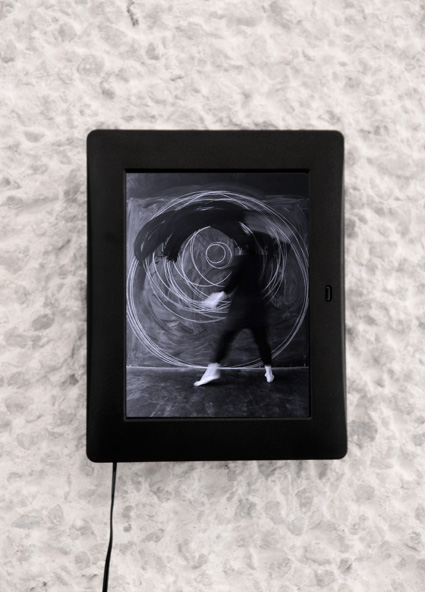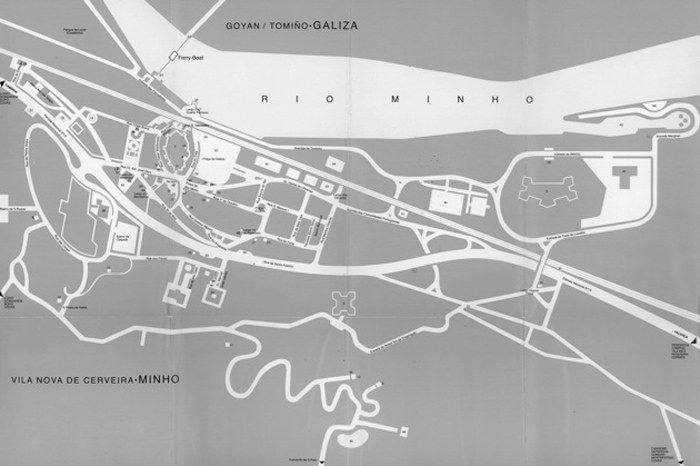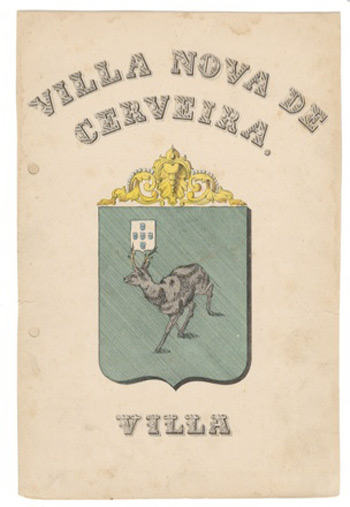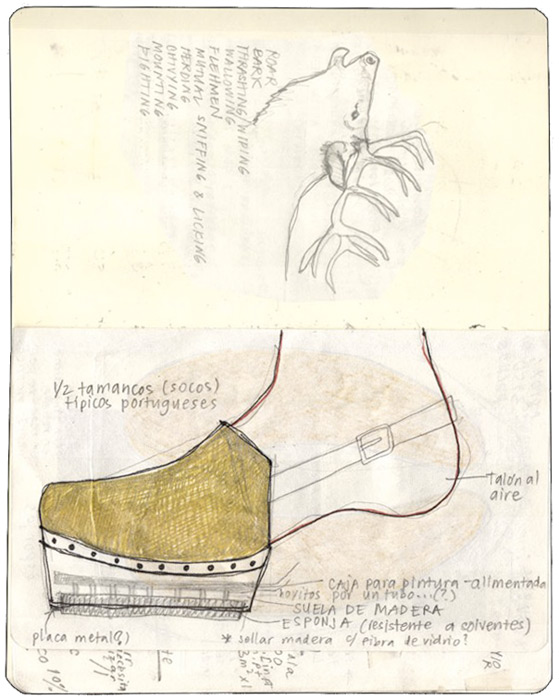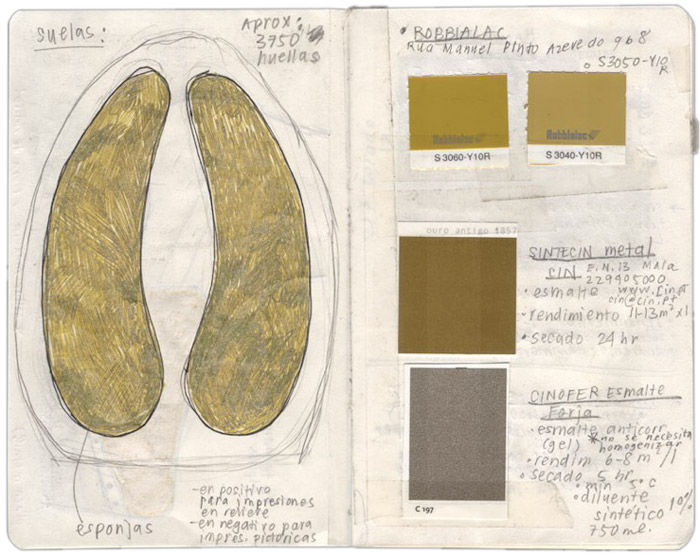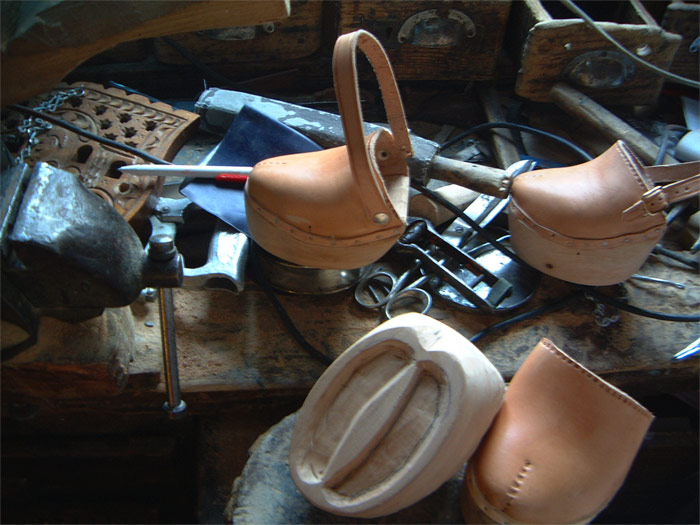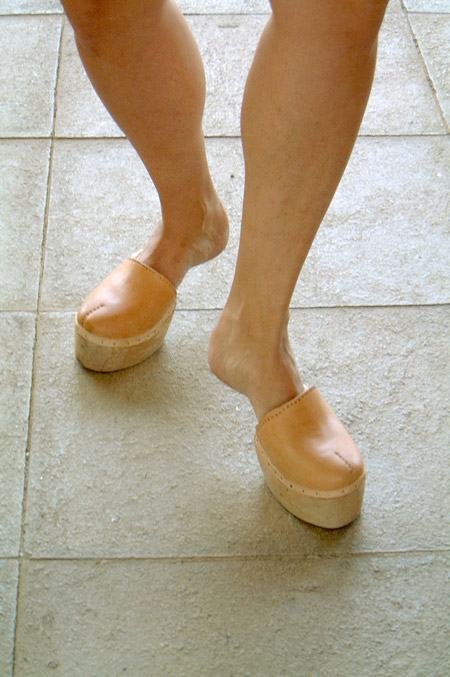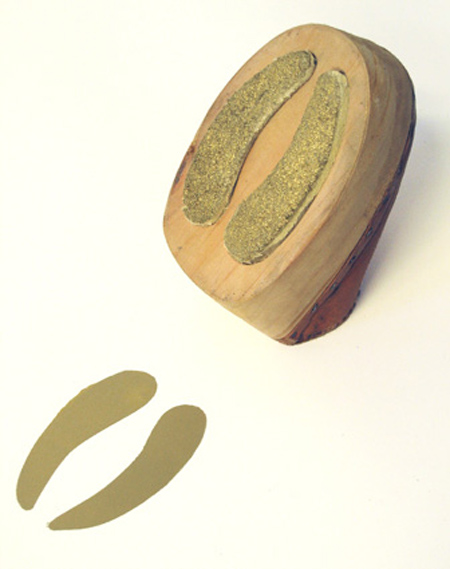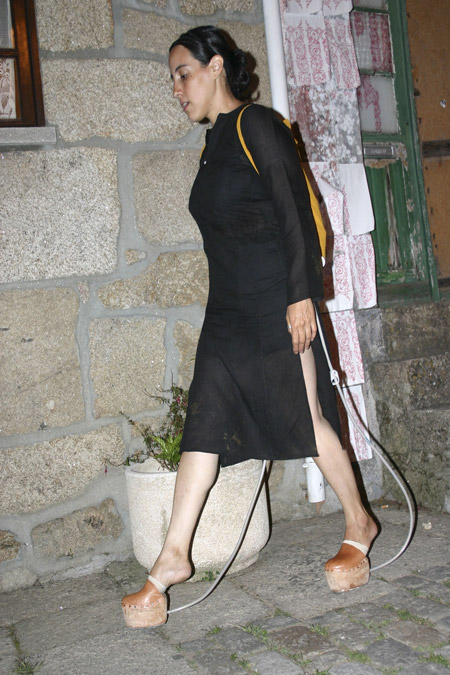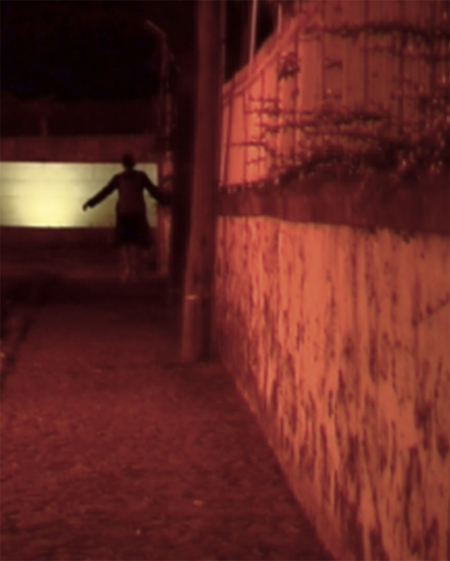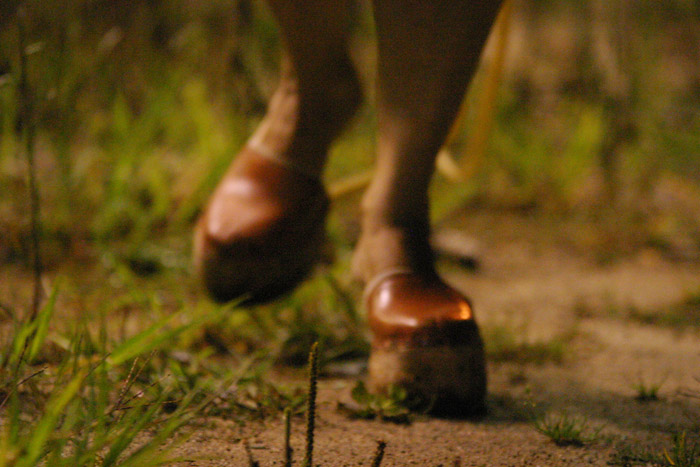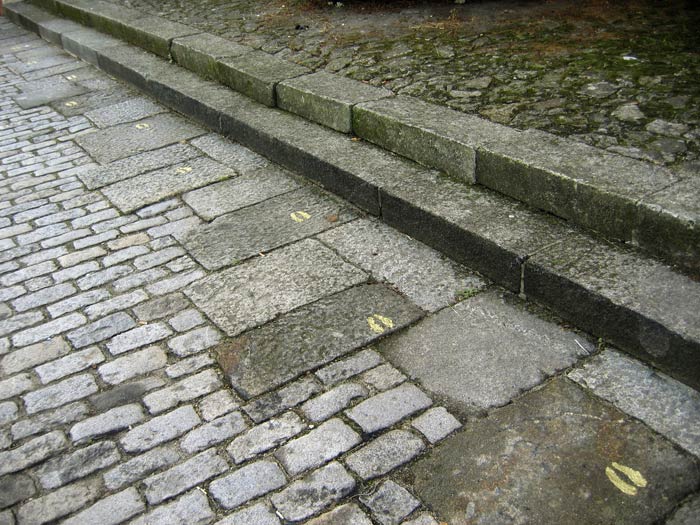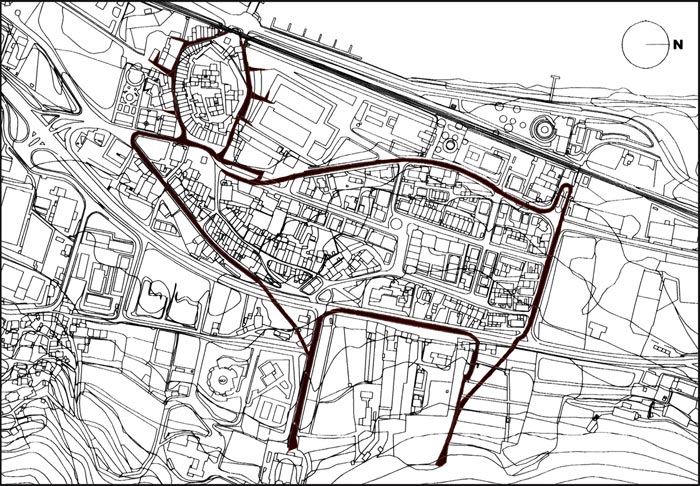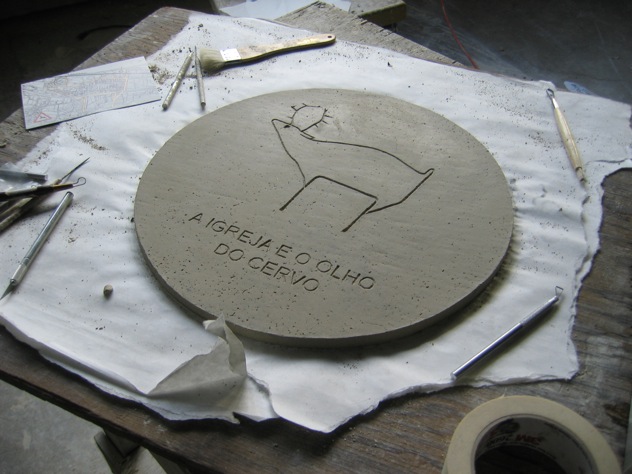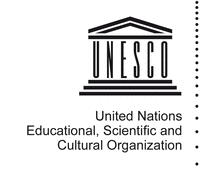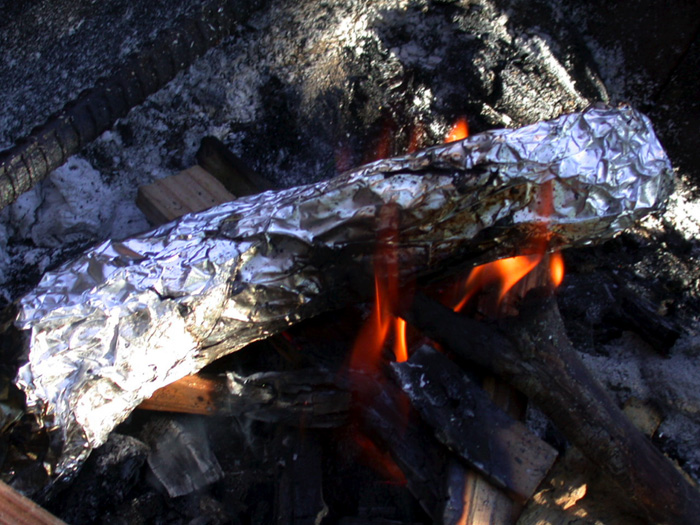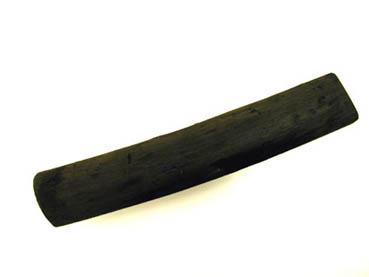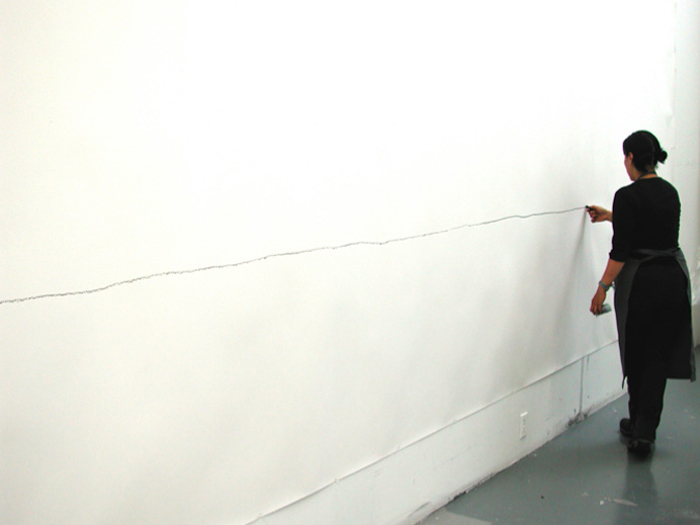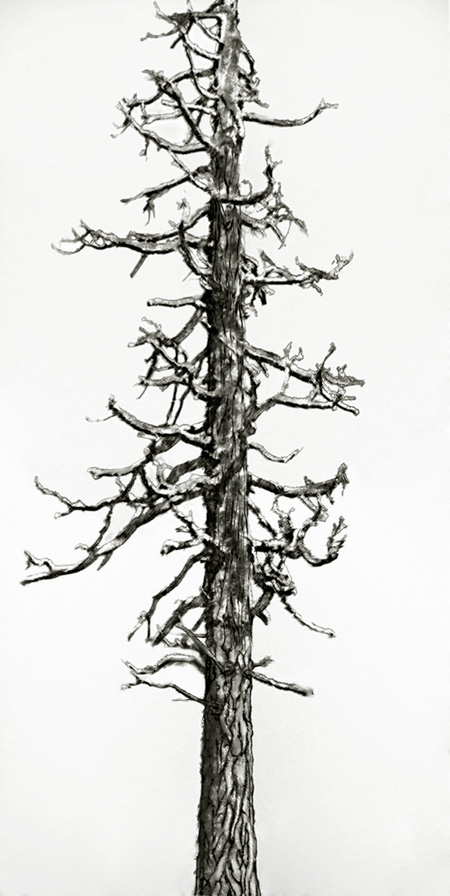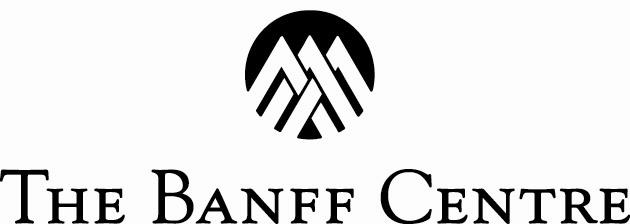PALIMPSESTS
The Work of a Wandering Scribe
pa·limp·sest noun from Greek palimpsestos “scraped again”.
1 : a manuscript that has been re-used by first effacing the original text and then writing over it, often more than once. 2 : a collection of archaeological artifacts, ecofacts and materials that come together through accident, natural forces and/or human activity. 3 : a site with a mass of intercut features of different periods.
In the early nineties I made my way to New York City to go to art school. Three years later, a combination of circumstances forced me away. The painting project I started on my first day at painting class remains in process – and comprises a substantial chunk of my personal art history and archaeology, though it was only until 2006 that I started documenting it.
The story goes like this: during my time at the School of Visual Arts, I stretched a grand total of 15 large canvases, all of them during the first few weeks. I was so excited to be there, that I would stay at the painting studio almost every day after class until one or two in the morning, place all my canvases around me in a circle as if trying to build myself a room within a room, and paint on them simultaneously, layer after layer, month after month.
A few semesters later, when they were approximately one inch thick with hardened paint, I decided it was time to move on and start anew. I rolled them up and checked them as my only luggage on what was supposed to be a quick trip back home to Mexico. My intention was to gift them to my parents, but a couple of days after landing, the country’s economy crashed and I couldn’t go back to NY. I also couldn’t let go of those canvases. I re-stretched them and once again rebuilt myself the room within a room (or perhaps at that point it was already a house within a house).
More than five years went by and I was still obsessively adding layer after layer, each one freer of images and colors than the previous until they were all completely white. Unsure of whether it was the end or the beginning (or both), I grabbed my spatula and started scraping all layers off until all that was left was 11 enormous thinned palimpsests and a box full of paint rocks with easily distinguishable strata. (My mother had “saved” four paintings at an earlier stage.)

Soon after that I stopped painting, turned to other mediums and strategies, and became one of those pseudo-nomadic artists doing semi-ephemeral and site-specific work (e.g. the House project).
Around 2001 while spending time in Barcelona, I came across a four page text by Catalan artist Perejaume about (un)painting* that made me want to go back to my brushes, stay put for a while and paint that text in oil. And so in the fall of 2004 I settled down and started copying letter by letter as faithfully as possible —font and all—- on my old palimpsests. It took me 13 months. Afterwards, I did some “geological” studies on some of the paint chips that came off those canvases.
[* “Parcs Interiors. L’Obra de Set Despintors.“]
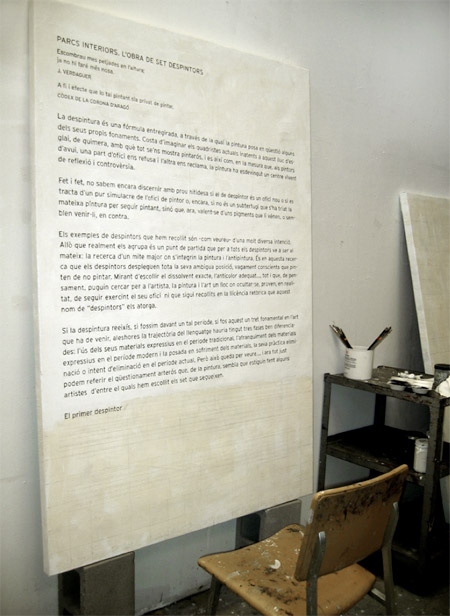
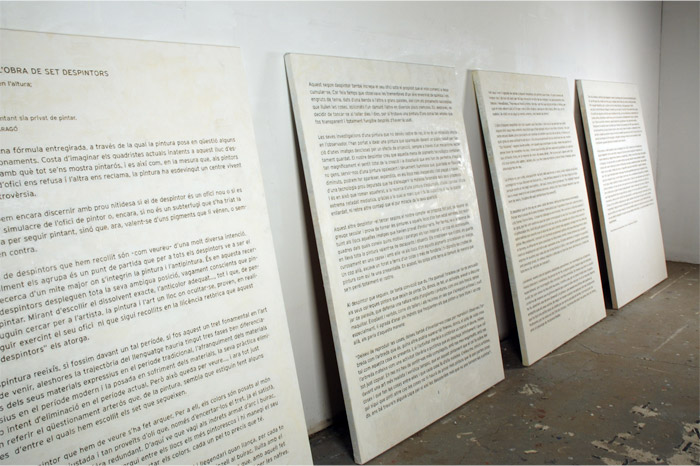
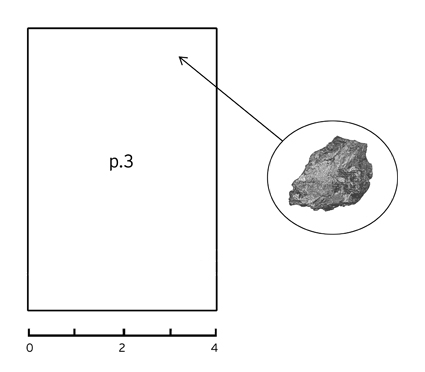
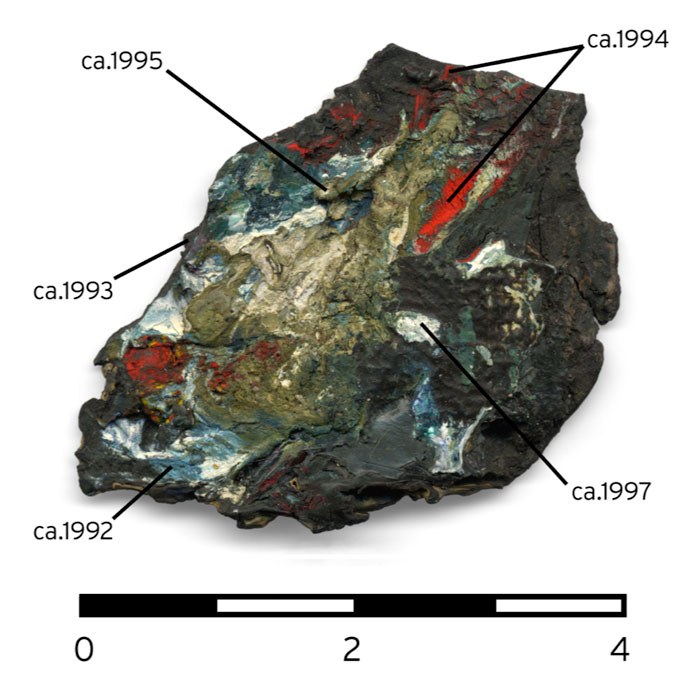


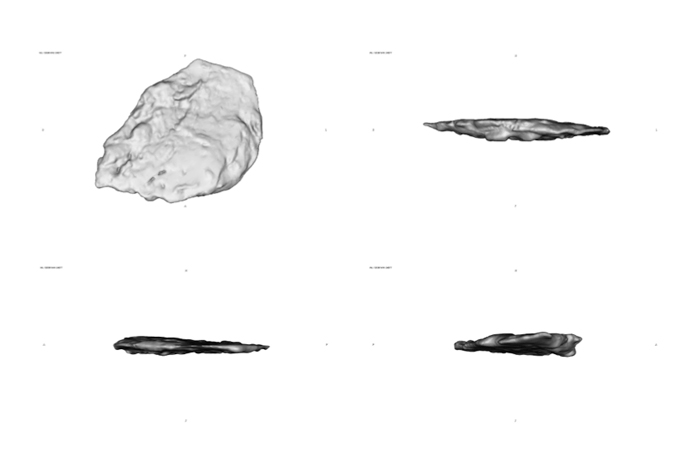
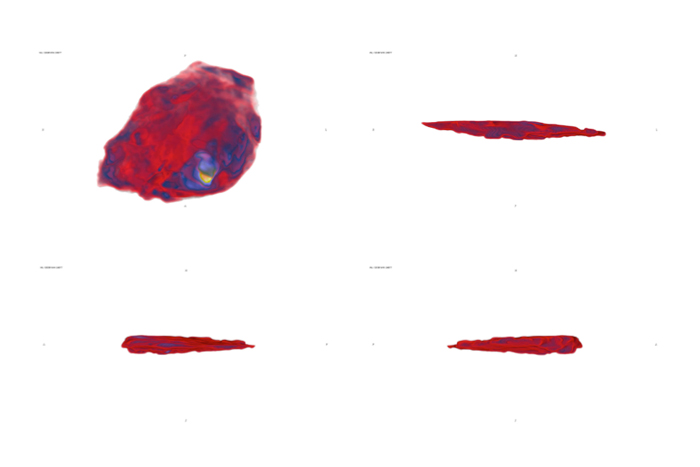


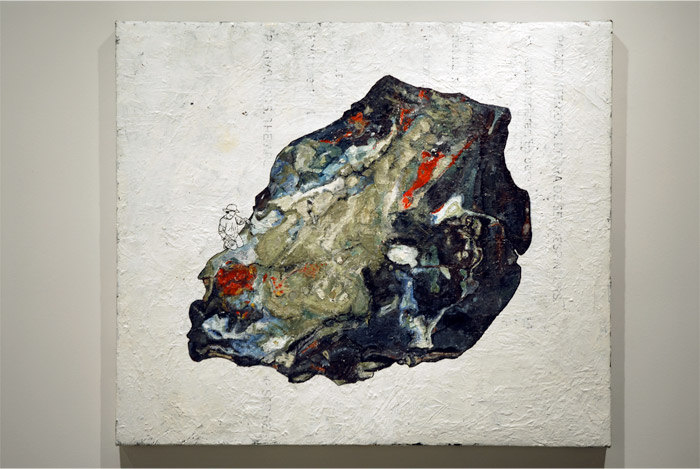
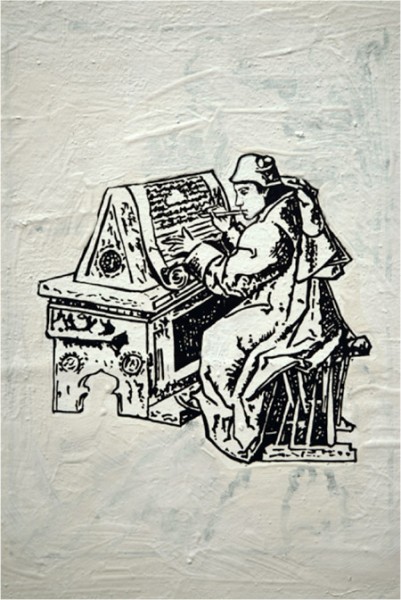
“These gorgeous paintings are indeed a record of exchanges but not among collectors or loved ones or museum curators. They are a record of Noe’s engagement with herself over time. That is, these works have accompanied her on her perambulations around North America—she has traveled often and at great distance from her Mexican origins—as a cross between companions and chaperones. They have had many, many different surfaces on which she has worked for a decade or more —since undergraduate art school in fact. She always ends up scraping them over and starting again. The current iteration is a freehand-applied text in Catalan by a favorite artist and writer of Noe’s acquaintance. It is a tour de force of manual control and surface effects.” –Renny Pritikin
Palimpsests. The Archaeological Work of a Wandering Scribe. 1992-2006-...
